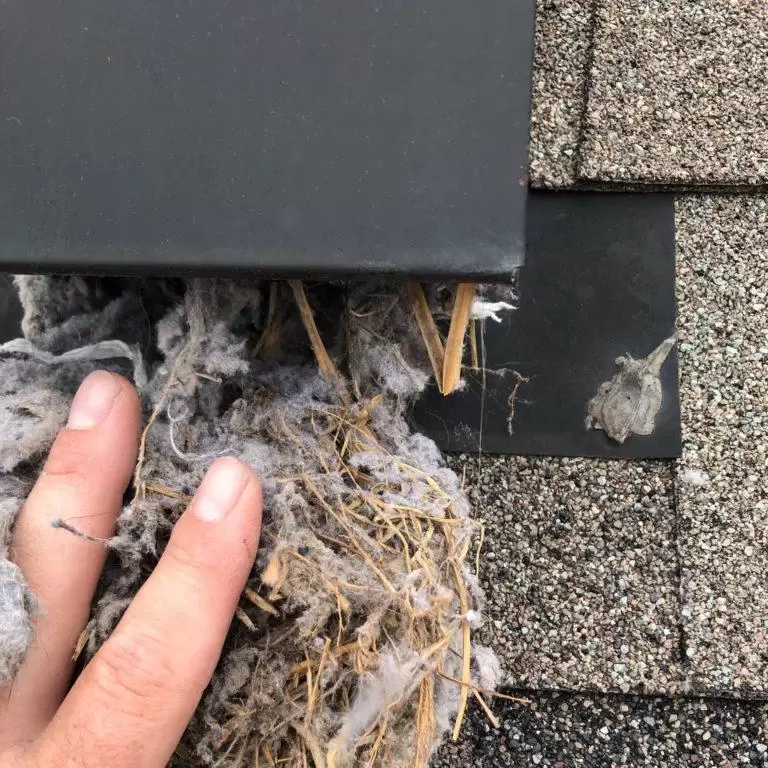Selecting the right location for your dryer vent is a crucial decision that affects both the safety and efficiency of your appliance. While venting through the roof might seem like a convenient option, it comes with its own set of disadvantages that homeowners should consider. In this blog post, we’ll delve into the potential drawbacks of having your dryer vent through your home’s roof, helping you make an informed decision that best suits your needs.
- Increased Lint Buildup
One of the primary disadvantages of roof venting for your dryer is the potential for increased lint buildup. When the venting duct extends vertically through your home’s roof, lint can accumulate more easily on the interior walls of the duct. The lint can stick to the damp walls due to moisture condensation, leading to clogs and reduced airflow over time.
- Condensation and Moisture Issues
Roof venting can lead to condensation problems, especially in areas with fluctuating temperatures. Moist air from the dryer can rise through the vent and then condense as it cools within the vent duct, creating a damp environment. This moisture buildup can encourage mold growth, create blockages, and ultimately reduce the efficiency of your dryer.
- Roof Wear and Tear
Installing a dryer vent through the roof requires creating a hole, often called a roof penetration. This hole can become a potential entry point for rainwater, snow, and debris. Over time, exposure to the elements can lead to roof damage, leaks, and even structural issues if not properly sealed and maintained.
- Complex Installation and Maintenance
Roof venting necessitates a more intricate installation process than wall or soffit venting. Installing a roof vent requires working at height and accurately sealing the penetration to prevent leaks. Regular maintenance and cleaning can also be more challenging due to the elevated location.
- Fire Hazards and Safety Concerns
Roof venting increases the length of the dryer vent duct, which can create additional opportunities for lint buildup and obstructions. The longer the vent duct, the higher the potential fire risk. Ensuring the duct is clean, free from blockages, and adequately sealed becomes even more critical to prevent fire hazards.
- Efficiency Reduction
Longer vent ducts, such as those extending to the roof, can lead to reduced airflow and increased drying times. As the dryer expels moist air, it has to work harder to push air up through the extended duct, resulting in decreased efficiency and potential energy waste.
Conclusion
While roof venting might initially seem like a practical choice, it’s essential to weigh the disadvantages it brings to the table. Increased lint buildup, condensation problems, roof wear and tear, complex installation and maintenance, safety concerns, and efficiency reduction are all potential drawbacks of having your dryer vent through your home’s roof. Before making a decision, carefully consider your home’s layout, local climate, and your ability to maintain the vent system effectively. Consulting with professionals or considering alternative venting options, such as through an exterior wall or soffit, could offer a safer and more efficient solution for your dryer venting needs.

